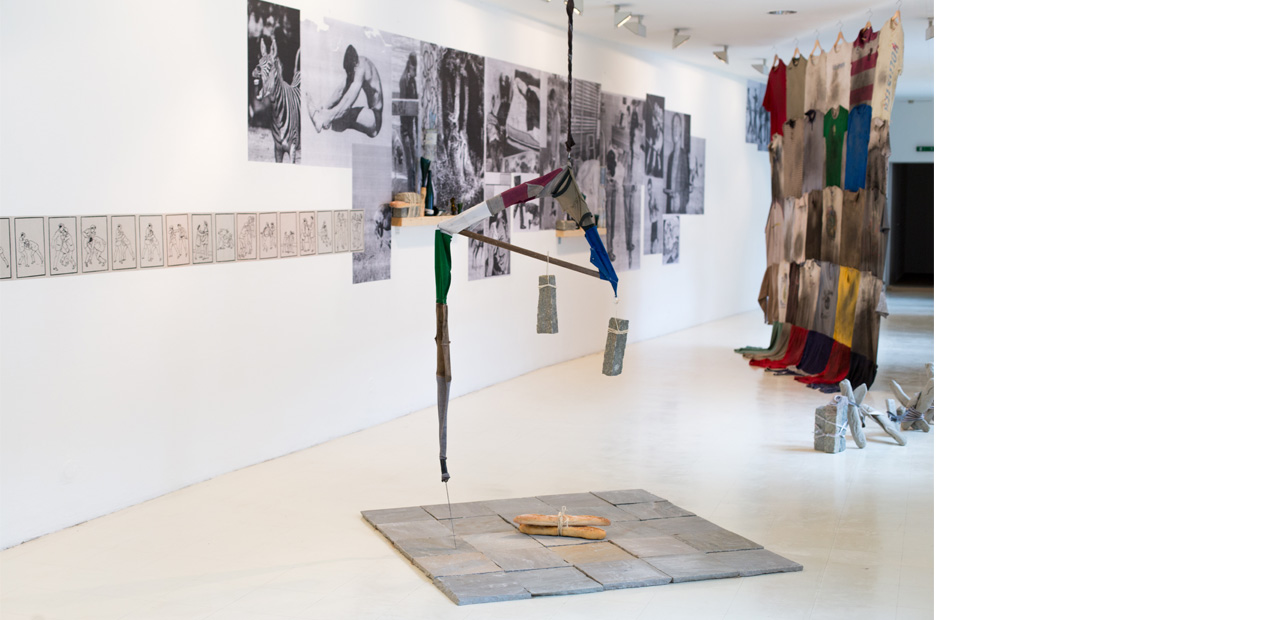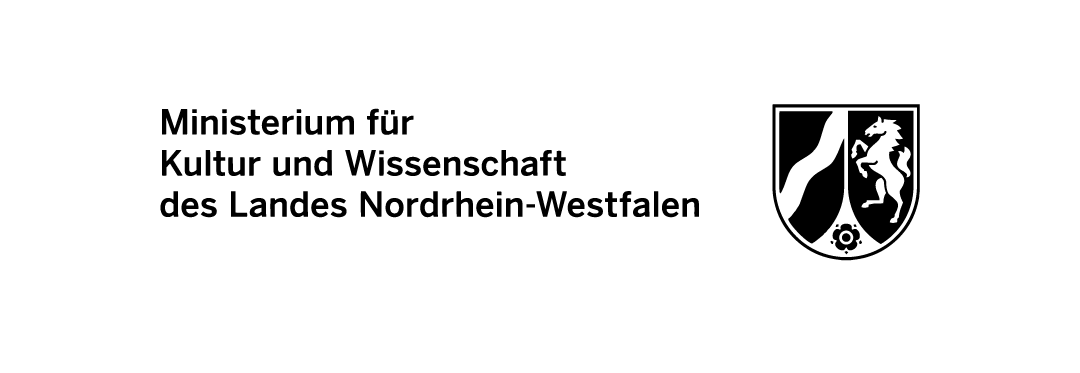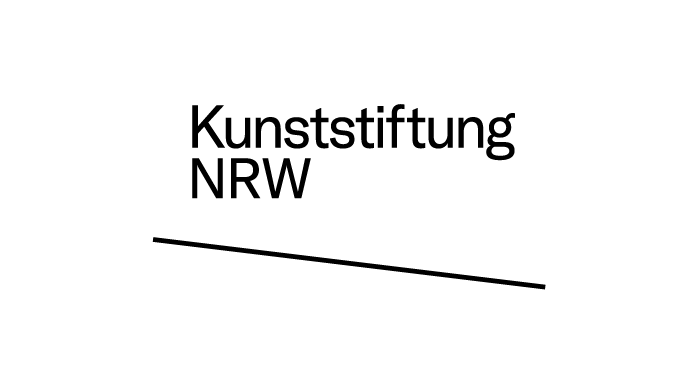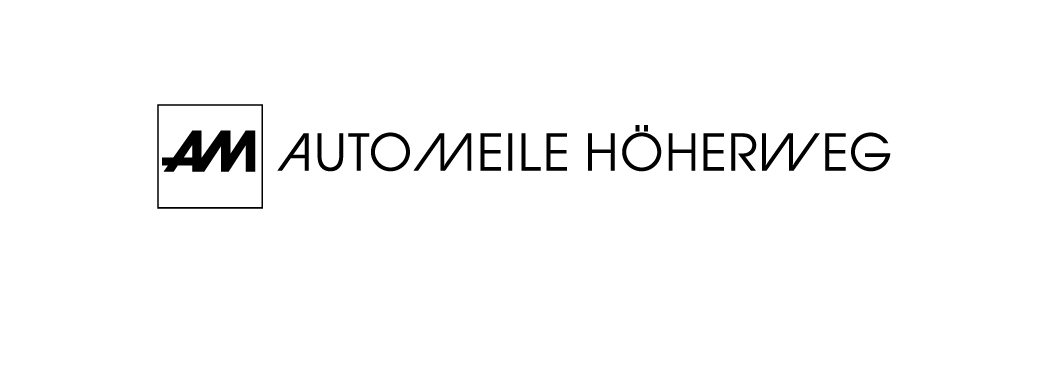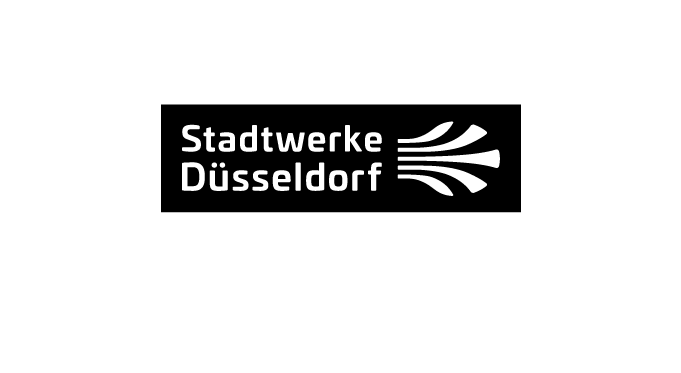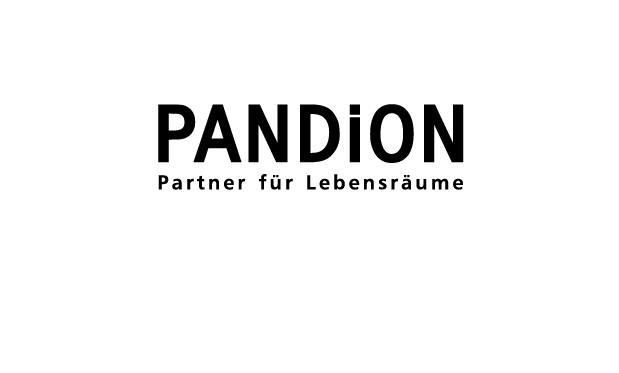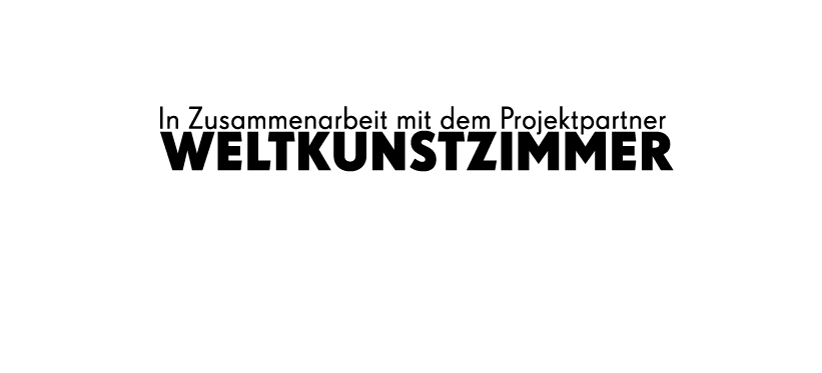Moris (*1978), mit bürgerlichem Namen Israel Meza Moreno, gehört zu einer jüngeren Generation mexikanischer Künstler. Sein Werk entsteht aus der Rohmasse dessen, was die 20-Millionen-Metropole Mexico City ausspuckt, in der Kriminalität, Gewalt und Armut zum Alltag gehören. Nach Abschluss seines Kunststudiums an der Staatlichen Kunstakademie ›La Esmeralda‹ in Mexico City entdeckte Moris das künstlerische Potenzial der Halbwelt und der Favelas, in deren Umfeld er lebt und arbeitet. Er bildet das authentische Milieu ab, zeigt die Banalität der Gewalt, indem er Fundsachen von der Straße zusammenträgt, um diese »Beweisstücke aus der Hölle« im Ausstellungsraum zu Assemblagen zusammenzufügen und neu zu inszenieren. Nicht selten arbeitet er – nach dem Vorbild der Arte Povera – mit ›armen‹ Materialien, die er jedoch keineswegs als wertlos erachtet.
Zu seinem Werk zählen Bilder, Filme, Fotoarbeiten, Skulpturen und Installationen. Seine Skulpturen entwickeln eine Wucht, die den Betrachter emotional direkt in die Magengrube trifft. Seine Arrangements aus Messern, abgeschlagenen Flaschenhälsen, Pflastersteinen und dazwischen immer wieder Brotlaibe, die es zu verteidigen gilt, spiegeln einen unerbittlichen Kampf ums Überleben. Diese Kunst geht unter die Haut und beschwört Assoziationen herauf, deren Wirkung weit über das hinausgeht, was beispielsweise durch die anonymisierte Bilderflut im Internet an uns herangetragen wird.
Moris ist in vielen internationalen Sammlungen und Museen vertreten, darunter im MoMA in New York, im Museum of Contemporary Art in Los Angeles und im Bass Museum of Art in Miami. Sein Werk war bislang in Einzel- und Gruppenausstellungen u. a. in Mexiko, den USA, Deutschland, Israel, Spanien und Brasilien zu sehen.
Die Ausstellung ist während des Festivals vom 12. bis 22. Juli 2018 täglich ab 18 Uhr bei freiem Eintritt zu besichtigen.
Der Zugang ist barrierefrei.
Eine Ausstellung im Rahmen der KUNSTSTÖRER, gefördert vom Ministerium für Kultur und Wissenschaft des Landes Nordrhein-Westfalen, initiiert und ermöglicht von Jens Rathmer.
Moris wird in Deutschland von der Galerie Michael Sturm vertreten.
![]()
Abbildung:
Moris, The Triumph of the Rat
Installationsansicht Stadtgalerie Saarbrücken, 2015
Foto Anton Minayev
////////////////////////////////////////////////
Still dead can die
Moris / Asphalt Festival / Düsseldorf, 2018
This is not an exhibition which shall open a window to what the news say about Mexico. It is neither a euphemism for the grotesque nor the exotic of a faraway, third-world culture. This is a mirror and in its untimely reflection we can see all kinds of latent violence in every society around the world. It is the revelation of a problem that has come forth from various fronts, through interactions that are executed following rules that are beyond our control; and so mankind hovers between life and death like never before. But this is not about morality either. It is not about good and evil, about guilt or pity. This is about showing, with utmost precision, the moment something happens and how it must be regarded it we want to survive.
The works here are traces and codes from people who are immersed in socioeconomic dynamics such as unemployment, poverty, and delinquency, and these dynamics’ variables. These people end up situating themselves in a marginalization context where they end up developing ways of self-employment that are rooted in illegality and form a vital part of violence’s logic. Misery is something amorphous and abstract, hard to recognize, a daily burden, daily suffering. There is the problem of poverty as a universal reality; in the case of Mexico, poverty is a paradoxically invisible example.
During these last few years, in Mexico, delinquency has become a natural outcome of cunning, a consequence of misery and a feature of the marginalized. Territorial control (the territory is the street) is very important in order to understand the vulgar and animal societal mechanisms misery implies. There is no such thing as a future: there is no belief in education; the crowds are fed degenerate populist products and outdated political speeches. There is no industry, no oil, no water, no produce—not even for food. 126 million inhabitants living in a huge and unprotected territory, immersed in some kind of monstrous silence. The worst fault, the most scandalous crime, the cynicism of being a free criminal—nothing causes even a ripple on these waters. Crime means nothing except the chance to go up a step in this fucked-up ladder. You must “be more” than your neighbor. You must have more, lose less and call that living.
Moris is an artist of his environment, but now this is inverted: the environment has infused the artist and he, in turn, has turned the environment into a language. The forms of the hood’s idiosyncrasy have turned into the work’s otherness. These forms have been executed in this work since its conception, its montage and the public will give them their final activation. The tools and strategies used to obtain the elements that constitute this work and the use of graphics and mechanical repeatability, for example, match the detailed handiwork and a technique that has been dominated but there is still room for experimentation. There are objects with a determined purpose in the sculpture’s syntax, though the artist’s identity speaks a certain statement while slowly unfolding the general one.
This is an exhibition that proves that our complicity with what happens to other people is not casual nor innocent. We’re partly responsible for what happens because of our omissions and despite our goodwill. Violence is anything that disturbs, even minimally, the well-being of others; it is the act of digging a hole for someone to fall in it while the piled-up dirt prevents our own progress. Poverty is not finding a reason to go on, to eat, to work, and feel that, even in death, this would not be over.
Fernando Carabajal

